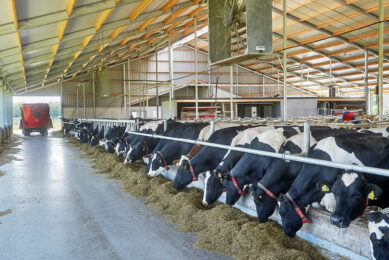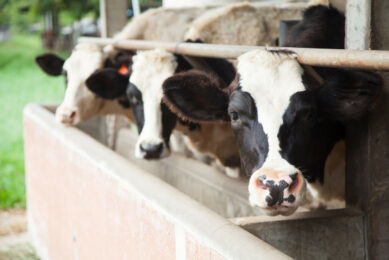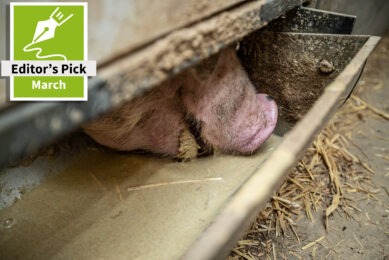How live yeast benefits dairy cow performance
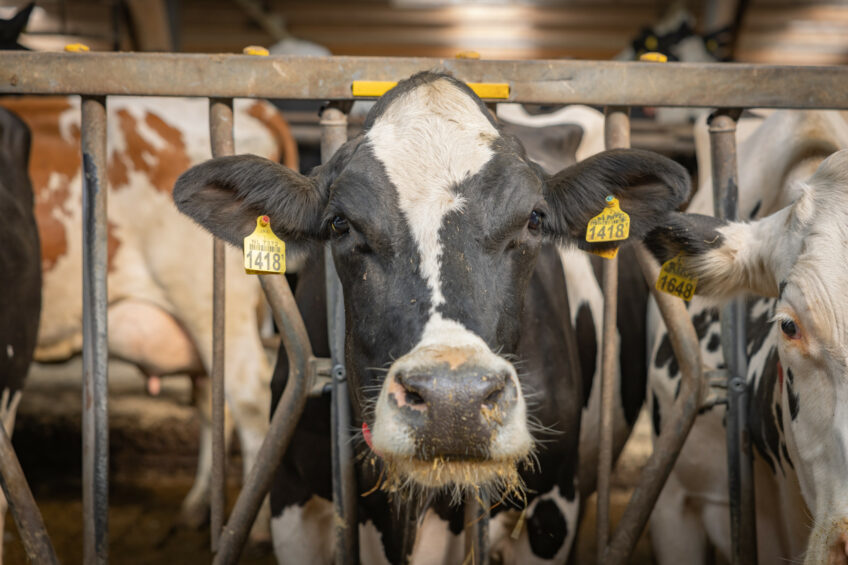
In a recently published study, researchers delved into the impact of live yeast Saccharomyces cerevisiae supplementation on lactation performance, ruminal microbiota composition and fermentation patterns, as well as serum antioxidant capacity and immune functions in dairy cows.
During early and mid-lactation, high-yielding dairy cows encounter challenges in utilising diets rich in readily fermentable carbohydrates due to physiological limitations. This can lead to a combination of inadequate rumen buffering from fine feed particles and reduced rumination time, ultimately disrupting the microbial balance. Consequences include decreased volatile fatty acids (VFAs) production, elevated lactic acid concentrations, and potentially subacute ruminal acidosis (SARA). The rumen, a complex ecosystem of microbes, plays a crucial role in the digestion and utilisation of nutrients, impacting overall cow performance and health. The composition and function of the rumen bacterial community directly influence rumen fermentation, nutrient availability for the cow, and ultimately, milk yield. Therefore, researchers are increasingly focusing on investigating strategies to modulate the rumen microbiota.
The findings of this study indicate that live yeast supplementation has the potential to enhance cow organism immunity and mitigate inflammation-induced damage to the immune system.
The study
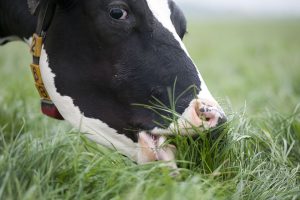
In this study, researchers investigated the effect of live yeast (Saccharomyces cerevisiae) supplementation on lactation performance, the rumen bacterial community and its predicted functions, as well as serum antioxidation and immune properties in mid-lactation high-producing dairy cows. The control group (Control diet) received a total mixed ration (TMR) without yeast as the basal diet, whereas the treatment group (Live yeast diet) was fed the same TMR supplemented with 20 g/d/cow of live yeast (Saccharomyces cerevisiae).
Lactation performance
The results of the study showed that cows supplemented with live yeast exhibited superior lactation performance, particularly in milk yield and its components (fat, protein, lactose, and solids), as shown in Table 1. This difference in performance was largely ascribed to the higher dry matter intake (DMI) and concentration of ruminal volatile fatty acids (VFAs); In similar studies, live yeast supplementation has been shown to elevate DMI and the apparent digestibility of nutrients in dairy animals, ultimately increasing the digestible energy of the diet available for improved lactation performance. Similarly, milk solids components including fat, protein, lactose, and minerals are influenced by both feed intake and ruminal fermentation. Previous studies show that volatile fatty acids (VFA) account for approximately 60–70% of the metabolisable energy supply in ruminants and as such are of great importance in the production of milk by dairy cows.
Lactation performance could also be attributed to the yeast’s influence on the microbiota; in the current study, the live yeast group displayed a greater abundance of Rikenellaceae_RC9_gut_group, a prominent bacteria known to generate fermentation end products such as propionate, acetate and succinate. According to the researchers, this finding indicates a potential role of Rikenellaceae_RC9_gut_group in enhancing milk solids yield by influencing the production of these key fermentation products.
Serum antioxidation and immune responses
Nutritional interventions have been shown to reduce pro-oxidant loads and reduce the incidence of oxidative stress through antioxidant mechanisms. In the current research, the serum activities of catalase, glutathione peroxidase and superoxide dismutase in the yeast group exhibited a significant increase (an increase of 11%, 25% and 11%, respectively), indicating the great potential of live yeast in mitigating oxidative stress in dairy cows. The potential antioxidative effect of the live yeast was attributed to its antioxidative compounds including vitamins A, E and C, polysaccharides, and amino acids containing sulphur.
Reports show that live yeast and its associated products contain various immunomodulating chemicals (e.g., the polysaccharide β-glucan) that engage in direct and indirect interactions with pathogens and components of the immune system. In the current study, yeast supplementation increased serum levels of immunoglobulins IgA, IgG, and IgM, with an increase of 25%, 15% and 48%, respectively. Yeast is reported to stimulate innate immunity by enhancing the function of macrophages and neutrophils and promoting a robust adaptive immune response by increasing antibody production. “The findings of this study indicate that live yeast supplementation has the potential to enhance cow organism immunity and mitigate inflammation-induced damage to the immune system,” the researchers said.
Ruminal bacterial communities and correlations

Previous studies have highlighted the role of ruminal bacteria in enhancing feed nutrient utilisation efficiency and their potential link to milk composition. In this study, researchers found increased ruminal bacterial richness and diversity in the yeast group. According to the researchers, this aligns with proven evidence suggesting that greater bacterial richness and diversity are associated with increased production of ruminal fermentation products, such as VFAs, amino acids, and glucose, all of which are beneficial for milk production.
In the current study, the control group had higher abundances of Prevotella_7 and Ruminococcaceae_UCG-014 while the yeast group showed higher abundances of Ruminococcus_2, Rikenellaceae_RC9_gut_group and Ruminococcaceae_NK4A214_group.
Correlation analysis reveals associations among lactation performance, ruminal fermentation characteristics, and the predominant ruminal bacterial populations in dairy cows. There was a negative correlation observed between the relative abundances of both Ruminococcaceae_ UCG-014 and Prevotella_7 with milk protein percentage, aligning with the observation in the control cows, in the current study. Milk protein (kg/d), milk yield (kg/d), and milk lactose (kg/d) exhibited positive correlations with the relative abundances of Rikenellaceae_RC9_gut_group, Ruminococcus_2 and Ruminococcaceae_NK4A214_group, the bacteria that were highly increased in the yeast group.




